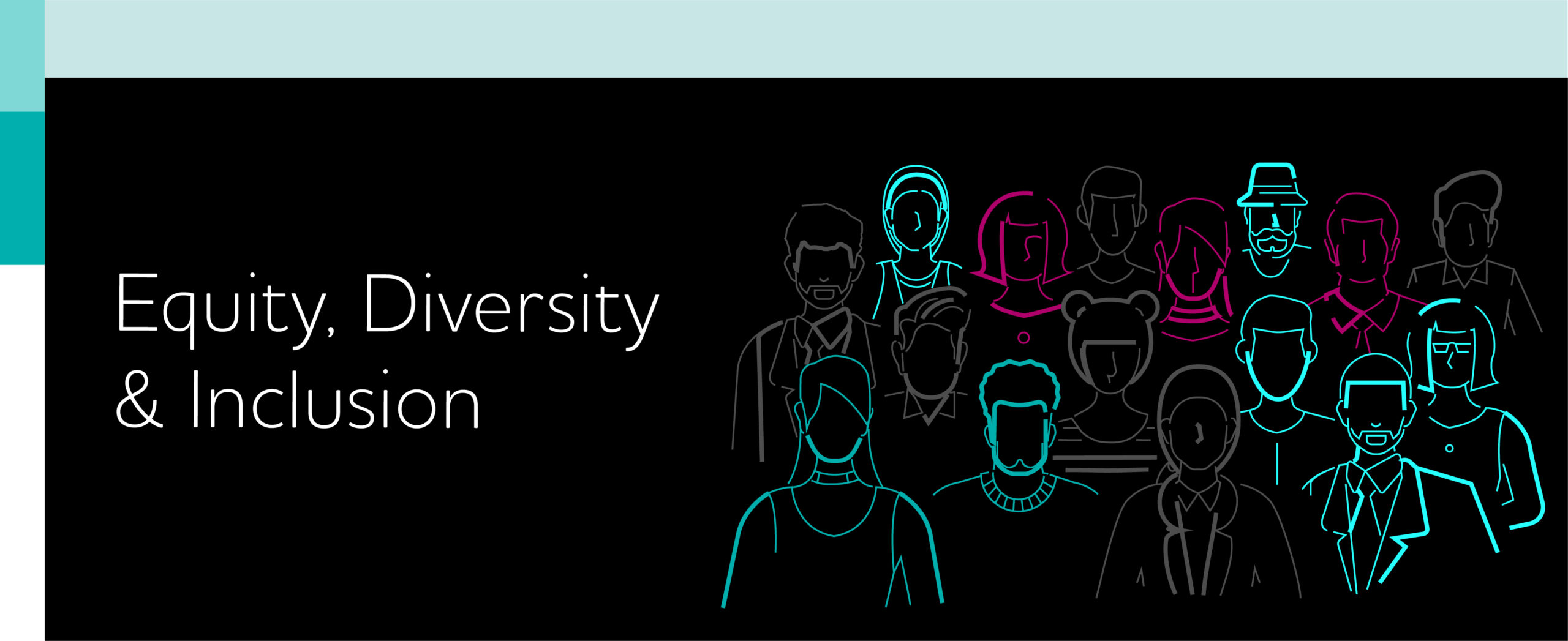OUR COMMITMENTS


Our Equity, Diversity, and Inclusion (EDI) journey has meant building EDI into the core of our business, from the heart of our corporate strategy to each and every project we undertake around the world.
While we know that organisations with improved diversity perform better and see higher financial returns, our commitment is more than that; it’s about creating an environment for our people, clients, and stakeholders where they feel welcome and able to bring their whole selves to work.
With a focus on employees, communities, supply chains, and thought leadership, we’ve implemented a comprehensive EDI roadmap applicable across the more than 90 countries in which we operate – not an easy task considering the many diverse cultures and contexts at play. But it’s one of the aspects of which we’re the proudest.
We’ve embodied the value of ‘One Palladium,’ defining our values from the bottom up, and aligning them from headquarters to our project offices across the globe. We’ve translated our global initiatives around equity, diversity and inclusion into local contexts at the project level and embedded them into business-as-usual practices.
While the makeup of our leadership team has become more diverse over the years, we’ve also witnessed a shift in our internal conversations. We celebrate Race, Ethnicity, and Culture Month, Pride, and International Women’s Day; dedicate a week to disability awareness; and continue to encourage and support our teams around to the world to have open conversations on these topics.
We’ve decentralised accountability around equity, diversity and inclusion metrics, linking global key performance indicators to senior leaders’ pay, and host quarterly regional staff forums and equal pay reviews to ensure transparency and hold our leadership team accountable to the goals and targets we set, while also making it clear that EDI is everyone’s priority.
Since putting these initiatives in place, our equal pay gap has gone from 21% in some parts of the business down to less than 2% globally, with some parts of the business reporting a gap of 0%.
We’ve also achieved gender parity among the senior leadership team and many parts of our employee base. But as we know, gender is just one piece of the inclusion jigsaw. Women are not a homogenous group, and gender parity does not equal diversity or inclusion when women are only being recruited and promoted from the same privileged backgrounds as their existing male counterparts.
Diversity of thought on the other hand, requires a far more intersectional approach, and one we’re working towards across all areas of the business.
We’re proud to report on these targets and results and we acknowledge that there’s still, and always, more work to be done. As we look ahead, we’re iterating on our approaches, from including equity throughout our strategies, to shifting recruitment practices and selection criteria, and dismantling unconscious biases.
